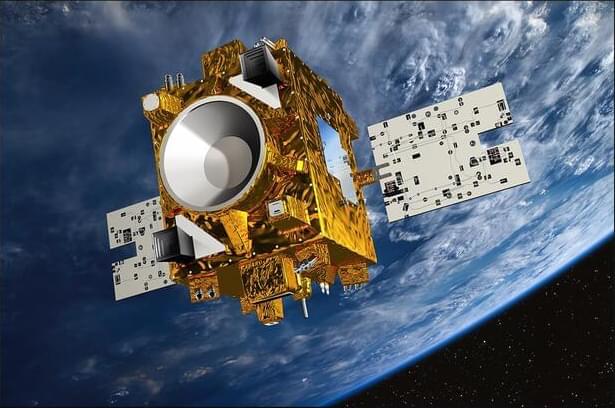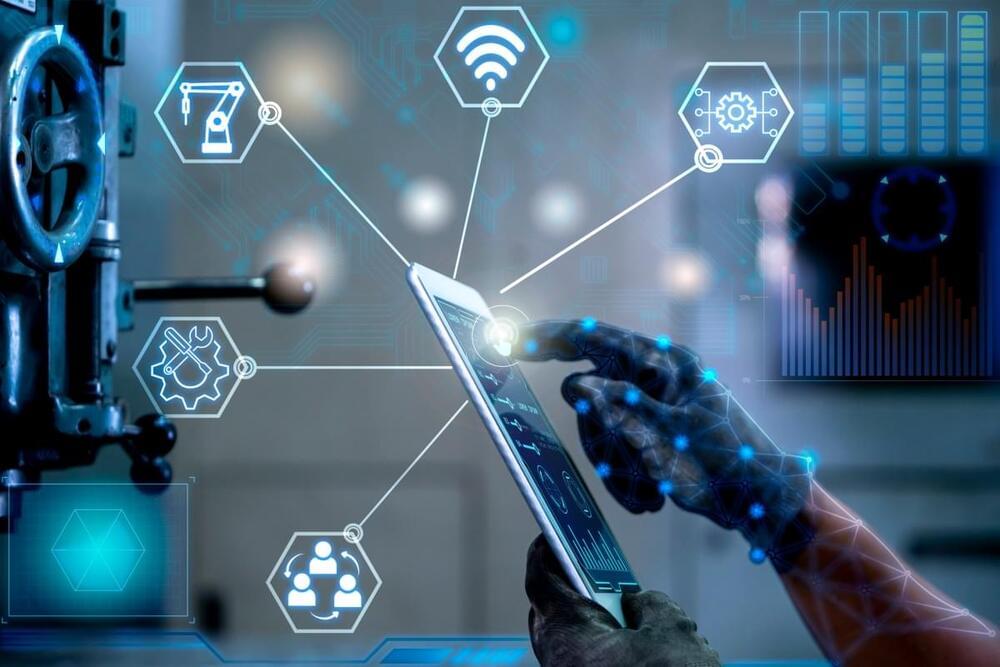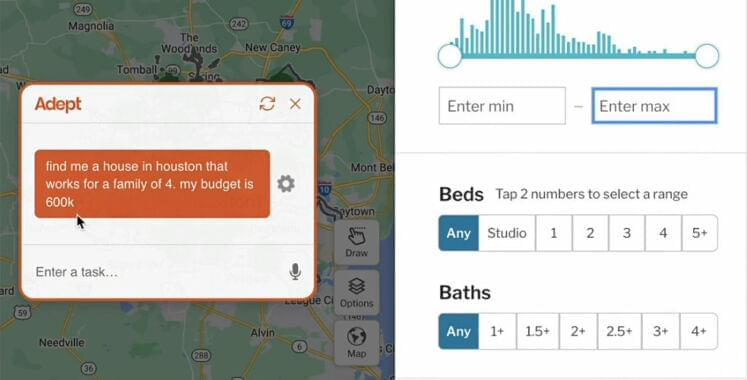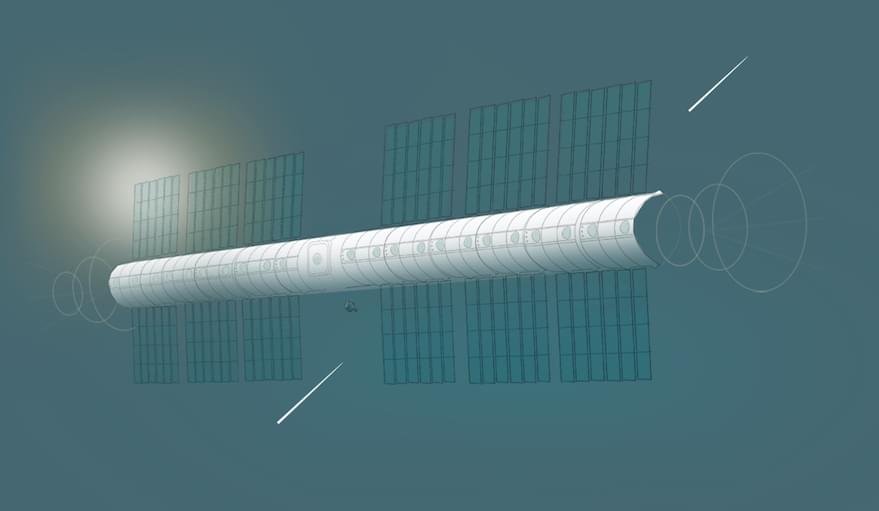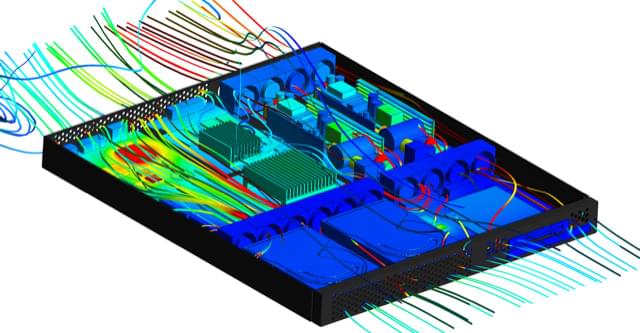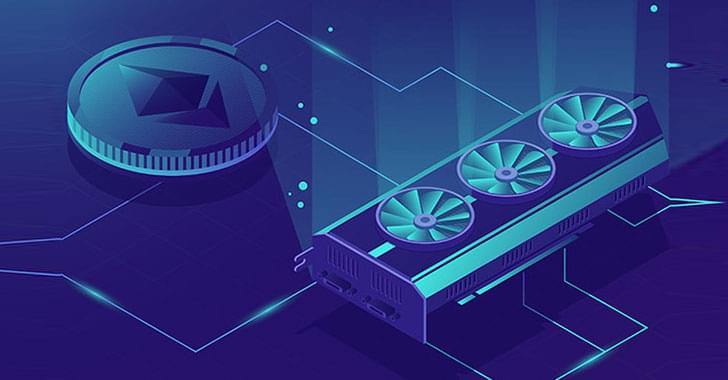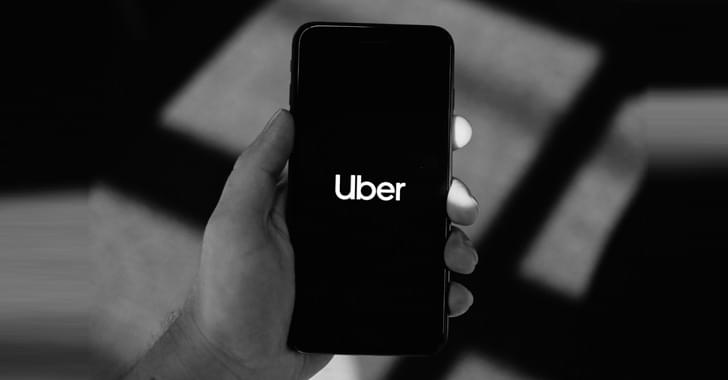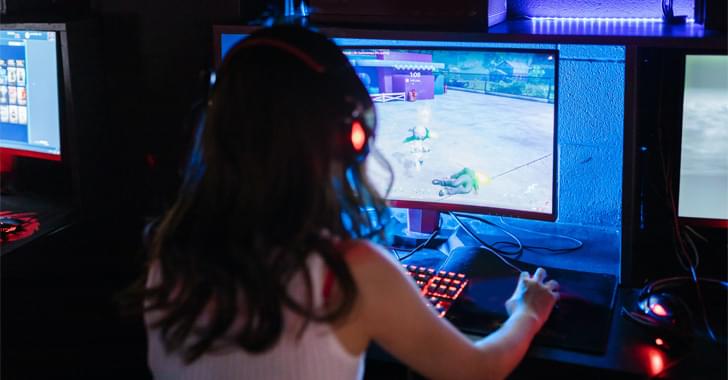A satellite mission backs up—with meticulous precision—major gravitational principle.
Were you unable to attend Transform 2022? Check out all of the summit sessions in our on-demand library now! Watch here.
There is a quiet yet fierce battle being fought by technology heavyweights. They want to consolidate the exponentially increasing RPA (robotic process automation) market and the sizable investments users are making, which continue to grow. According to recent research, organizations on average spend $480,000 on RPA annually, with those in the highest tier spending well over $1 million on automation every year.
With a market of that size and all indications being that automation will only get bigger, it’s no wonder the likes of Microsoft have entered the fray to duke it out with perennial leaders Automation Anywhere, UiPath and Blue Prism, raising the question: Who will come out on top?
Amid Sichuan’s Hengduan Mountains, mysterious stone towers built jut more than 100 feet into the sky. No one is sure why.
New Kurzweil Vid!, September 17, 2022!
Ray Kurzweil is an author, inventor, and futurist. Please support this podcast by checking out our sponsors:
- Shopify: https://shopify.com/lex to get 14-day free trial.
- NetSuite: http://netsuite.com/lex to get free product tour.
- Linode: https://linode.com/lex to get $100 free credit.
- MasterClass: https://masterclass.com/lex to get 15% off.
- Indeed: https://indeed.com/lex to get $75 credit.
EPISODE LINKS:
Ray’s Website: https://kurzweilai.net.
Ray’s Books:
The Singularity Is Nearer (pre-order): https://amzn.to/3BNXmGR
How To Create A Mind: https://amzn.to/3qqlkBw.
The Singularity Is Near: https://amzn.to/3DfXP5z.
The Age of Spiritual Machines: https://amzn.to/3RSjtAX
Danielle: https://amzn.to/3Bww2N7
Transcend: https://amzn.to/3RAEYGV
PODCAST INFO:
Podcast website: https://lexfridman.com/podcast.
Apple Podcasts: https://apple.co/2lwqZIr.
Spotify: https://spoti.fi/2nEwCF8
RSS: https://lexfridman.com/feed/podcast/
Full episodes playlist: https://www.youtube.com/playlist?list=PLrAXtmErZgOdP_8GztsuKi9nrraNbKKp4
Clips playlist: https://www.youtube.com/playlist?list=PLrAXtmErZgOeciFP3CBCIEElOJeitOr41
OUTLINE:
Yesterday, California-based AI firm Adept announced Action Transformer (ACT-1), an AI model that can perform actions in software like a human assistant when given high-level written or verbal commands. It can reportedly operate web apps and perform intelligent searches on websites while clicking, scrolling, and typing in the right fields as if it were a person using the computer.
In a demo video tweeted by Adept, the company shows someone typing, “Find me a house in Houston that works for a family of 4. My budget is 600K” into a text entry box. Upon submitting the task, ACT-1 automatically browses Redfin.com in a web browser, clicking the proper regions of the website, typing a search entry, and changing the search parameters until a matching house appears on the screen.
Another demonstration video on Adept’s website shows ACT-1 operating Salesforce with prompts such as “add Max Nye at Adept as a new lead” and “log a call with James Veel saying that he’s thinking about buying 100 widgets.” ACT-1 then clicks the right buttons, scrolls, and fills out the proper forms to finish these tasks. Other demo videos show ACT-1 navigating Google Sheets, Craigslist, and Wikipedia through a browser.
PARIS – Vast Space, a Southern California startup founded by cryptocurrency billionaire Jed McCaleb, plans to establish an artificial-gravity space station in low Earth orbit.
McCaleb envisions a future where millions of people are living throughout the solar system. Since other companies are helping to reduce launch costs, McCaleb thinks the next important step will be creating large structures where people can live and work in space.
“Earth has finite resources, but out in the solar system, there is an enormous untapped wealth, both in terms of energy and matter, that could support many ‘Earths,’” McCaleb told SpaceNews by email. “Likewise, mankind needs a frontier. Every prosperous civilization has had one to push off into – nevertheless, we haven’t had one for some time. Without a frontier, the world becomes a zero-sum game, which is detrimental to the psyche of a civilization. And in terms of the long-term future of humanity, we will need to live off of the Earth eventually.”
Designing For Thermal
Posted in computing
Solutions are needed early as thermal becomes a systems issue.
Heat has emerged as a major concern for semiconductors in every form factor, from digital watches to data centers, and it is becoming more of a problem at advanced nodes and in advanced packages where that heat is especially difficult to dissipate.
Temperatures at the base of finFETs and GAA FETs can differ from those at the top of the transistor structures. They also can vary depending on how devices are used, how often and where they are used, and by the diameter of the wires used in a particular design, or even a particular area of a chip or package. It’s not unusual for systems to throttle back performance because some circuits are running too hot.
Researchers have uncovered two separate malicious cryptocurrency mining campaigns; one exploiting Oracle WebLogic servers and Docker APIs.
Uber claims to have found no evidence that users’ private data was compromised in latest breach, but screenshots and information from various sources.
Gamers looking for cheats on YouTube are being targeted with links to rogue password-protected archive files designed to install crypto miners and information-stealing malware such as RedLine Stealer on compromised machines.
“The videos advertise cheats and cracks and provide instructions on hacking popular games and software,” Kaspersky security researcher Oleg Kupreev said in a new report published today.
